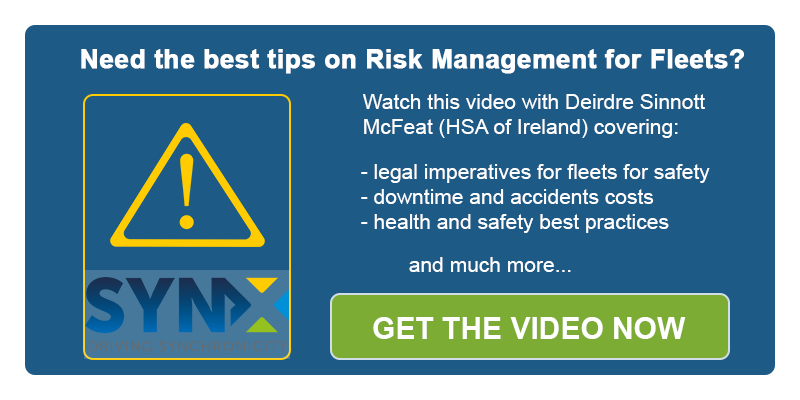
Risk assessment consists in carefully examining what in the course of working activity could cause harm to people (employees and others) in order to evaluate if enough precautions are currently being undertaken, or whether more should be done to prevent such harm.
Risk assessment is, therefore, a vital component of health and safety management in any business—particularly for those which revolve around driving. We have made much mention of the legal imperatives for companies with regards to the Health and Safety at Work Act 1974, as well as the EU legislation and Corporate Manslaughter Act.
Efficient risk management will protect your workers and drivers as well as ensuring your business is law compliant—helping you prevent injuries and avoid health related issues down the line. One person within your business should be appointed responsible and should attend proper risk assessment training so that they are able to properly identify hazards, categorise them, as well as evaluating the risks.
But how do businesses carry out risk assessments?
There is no fixed rule on how risk assessments should be conducted, but there is generally an ideal procedure to follow in order to make sure it is carried out correctly—let’s take a look:
#1 - Identify the hazards within your working activity: hazards are situations that have the potential to cause harm and can be identified by communicating with employees or by walking round the workplace and taking notes. In a haulage company, for example, vehicles moving, the act of driving itself, load securing, coupling and uncoupling are all hazards.
#2 - Establish who might be harmed: once hazards within your business have been identified, decide who can be harmed. If we think about companies that specifically employ drivers, this would obviously include employees and people in proximity to working activity on company premises, but this point also encompasses any other road user.
#3 - Evaluate risks and establish control measures: how are you going to protect people from harm, control risks, and eliminate hazards? Appropriate training, regular reviews, the setting up of checks, internal policies and manuals are some of these approaches.
#4 - Record your findings: keep track of the hazards that crop up during work activity and the people at risk, then communicate how you plan to eliminate them in a written document.
#5 - Review the assessments and update them regularly: business never stays the same and it is necessary to continuously review, and update the identification of risks.




